Maintaining a lush, green lawn in Central Texas can be a challenge, especially during the winter months when winter weeds can take over. Here are some of the most common winter weeds in Central Texas and tips on how to identify and control them.
Before we dive into identifying and controlling specific winter weeds that commonly plague Central Texas lawns, let’s first define what a weed is. A weed is simply a plant that grows where it’s not wanted. This could be in the middle of your lawn, in your garden beds, or even in cracks on your driveway. While some plants may be considered weeds due to their invasive nature or ability to cause harm, such as poison ivy or thorny vines, other plants may simply be unwanted because they don’t fit in with the aesthetic you’re going for in your landscape. Regardless of the reason, understanding what makes a plant a weed can help you better identify and control them in your lawn and garden.
1. Annual Bluegrass (Poa Annua)
Annual Bluegrass, also known as Poa Annua, is a common winter weed found in lawns throughout Central Texas. It has a light green color and a fine texture that often causes it to blend in with the surrounding grass. The seed heads of Poa Annua are distinctive because they have a white, cloudy appearance.
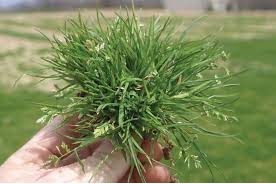
To control Poa Annua, you can use a pre-emergent herbicide that targets the seeds before they germinate. It’s important to apply this herbicide early in the fall or late winter before the seeds have a chance to grow. If you already have an outbreak of Poa Annua in your lawn, post-emergent herbicides can be used to target and kill the plant. These herbicides should be applied during the cooler months of fall or early spring when the plant is actively growing.
It’s important to note that over-fertilizing your lawn can actually encourage the growth of Poa Annua. To prevent this weed from taking over your lawn, it’s important to follow proper fertilization practices and avoid using too much nitrogen fertilizer.
2. Henbit
Henbit is a common winter weed found in lawns throughout Central Texas. It has a square stem and leaves that are arranged in opposite pairs. The plant produces small, purple flowers that can spread quickly in the wind.
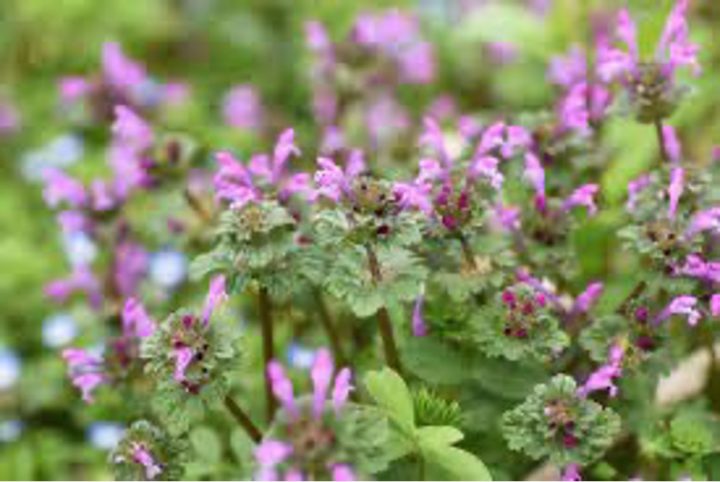
To control henbit, you can use a broadleaf herbicide that targets the plant without harming your grass. It’s best to apply herbicide in the fall or early spring when the plant is actively growing.
3. Chickweed
Chickweed is a common winter weed found in lawns throughout Central Texas. It has a low-growing habit and can quickly take over large areas of your lawn. The leaves are small and have a distinctive oval shape.
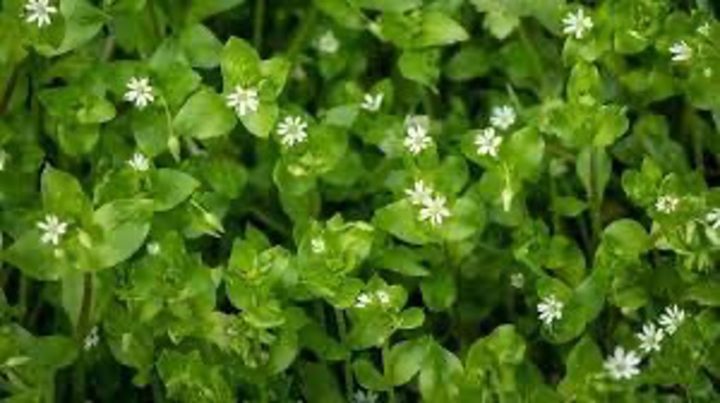
To control chickweed, you can use a broadleaf herbicide that targets the plant without harming your grass. It’s best to apply herbicide in the fall or early spring when the plant is actively growing.
4. Spurge
Spurge is a common weed found in lawns throughout Central Texas. It has a spreading growth habit and can quickly take over large areas of your lawn. The leaves are small and have a distinctive oval shape.
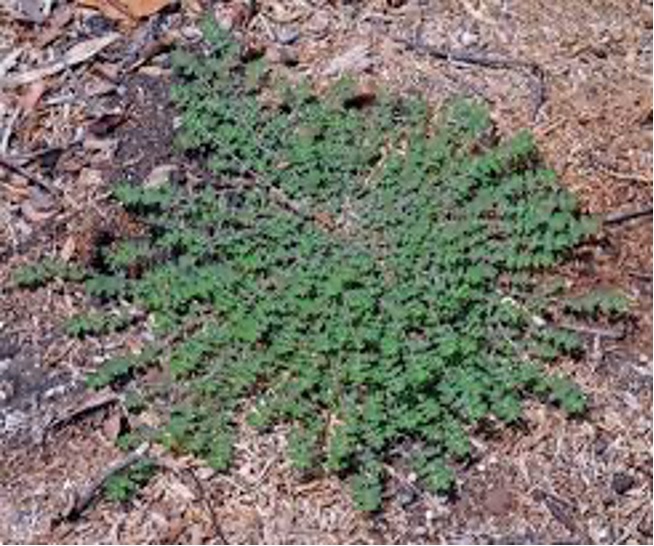
To control spurge, you can use a broadleaf herbicide that targets the plant without harming your grass. It’s best to apply herbicide in the fall or early spring when the plant is actively growing.
5. Nutsedge
Nutsedge is a perennial weed that grows in wet areas of your lawn. It has a triangular stem and leaves that are arranged in sets of three. The plant produces small, brown seed heads that can spread quickly in the wind.
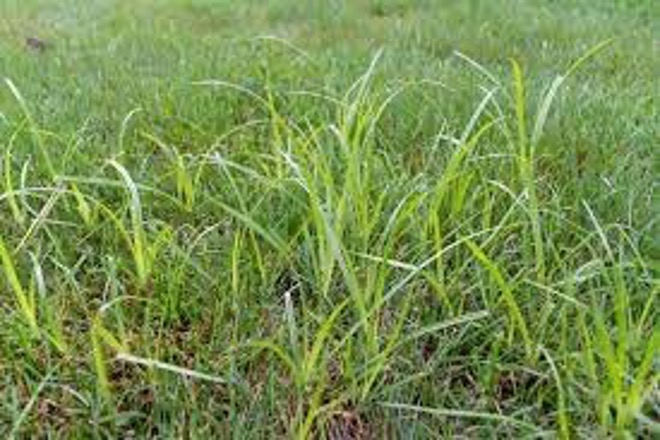
To control nutsedge, you can use a herbicide that targets the plant without harming your grass. It’s best to apply herbicide in the summer when the plant is actively growing.
6. Dandelion
Dandelions are a common weed found in lawns throughout Central Texas. They have a deep taproot and a rosette of leaves that can grow up to 12 inches wide. The bright yellow flowers turn into fluffy seed heads that can spread quickly in the wind.
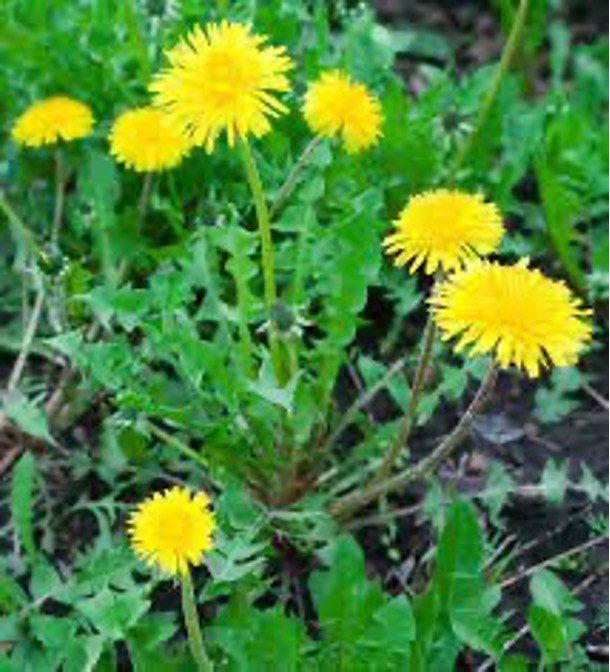
To control dandelions, you can pull them by hand or use a broadleaf herbicide that targets the plant without harming your grass. It’s best to apply herbicide in the fall or early spring when the plant is actively growing.
7. Crabgrass
Crabgrass is an annual weed that grows in warm, sunny areas of your lawn. It has a spreading growth habit and can quickly take over large areas of your lawn. The leaves are light green and have a distinctive shape that looks like crab legs.
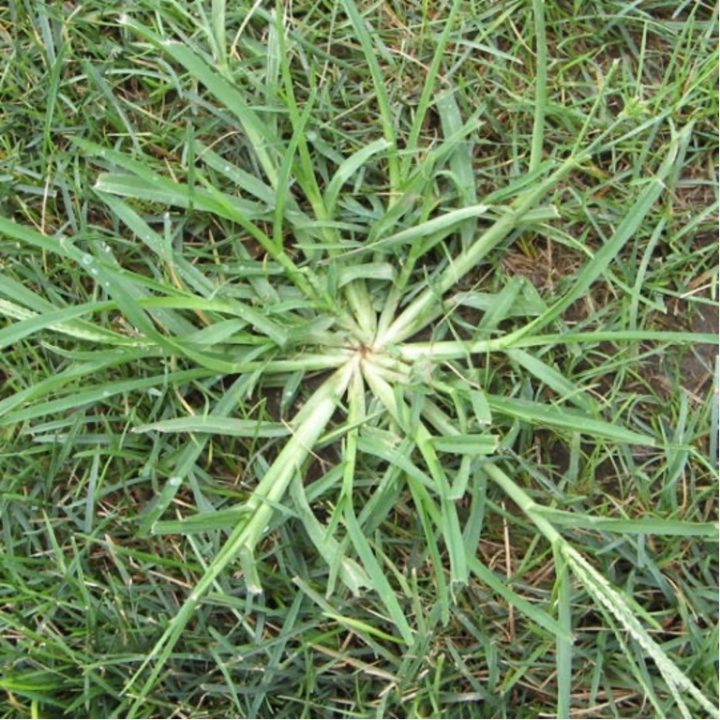
To control crabgrass, you can use a pre-emergent herbicide that prevents the seeds from germinating in the spring. You can also pull the plants by hand or use a post-emergent herbicide that targets the plant after it has started growing.
In conclusion, dealing with winter weeds in your lawn can be a challenge, but with the right tools and knowledge, you can keep your lawn looking healthy and beautiful all year round. Remember to always read and follow the instructions on any herbicide you use, and wear protective clothing and gloves when applying chemicals to your lawn.

